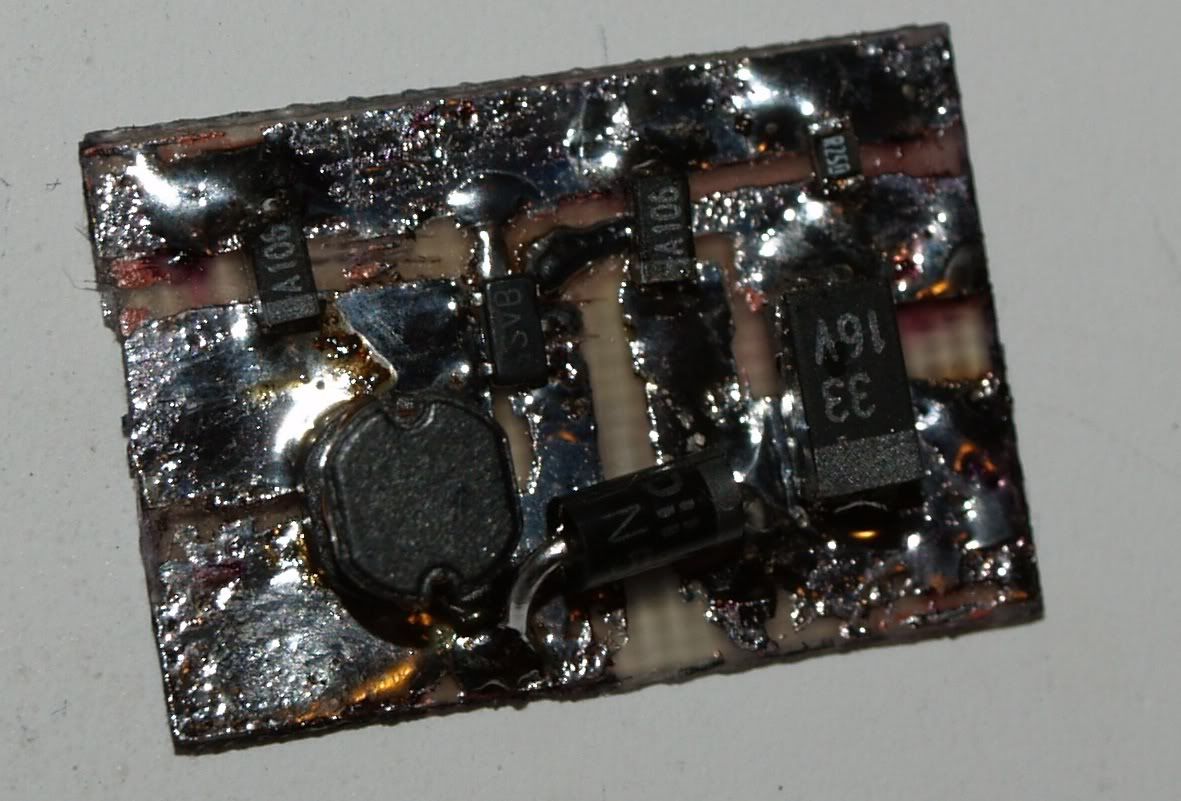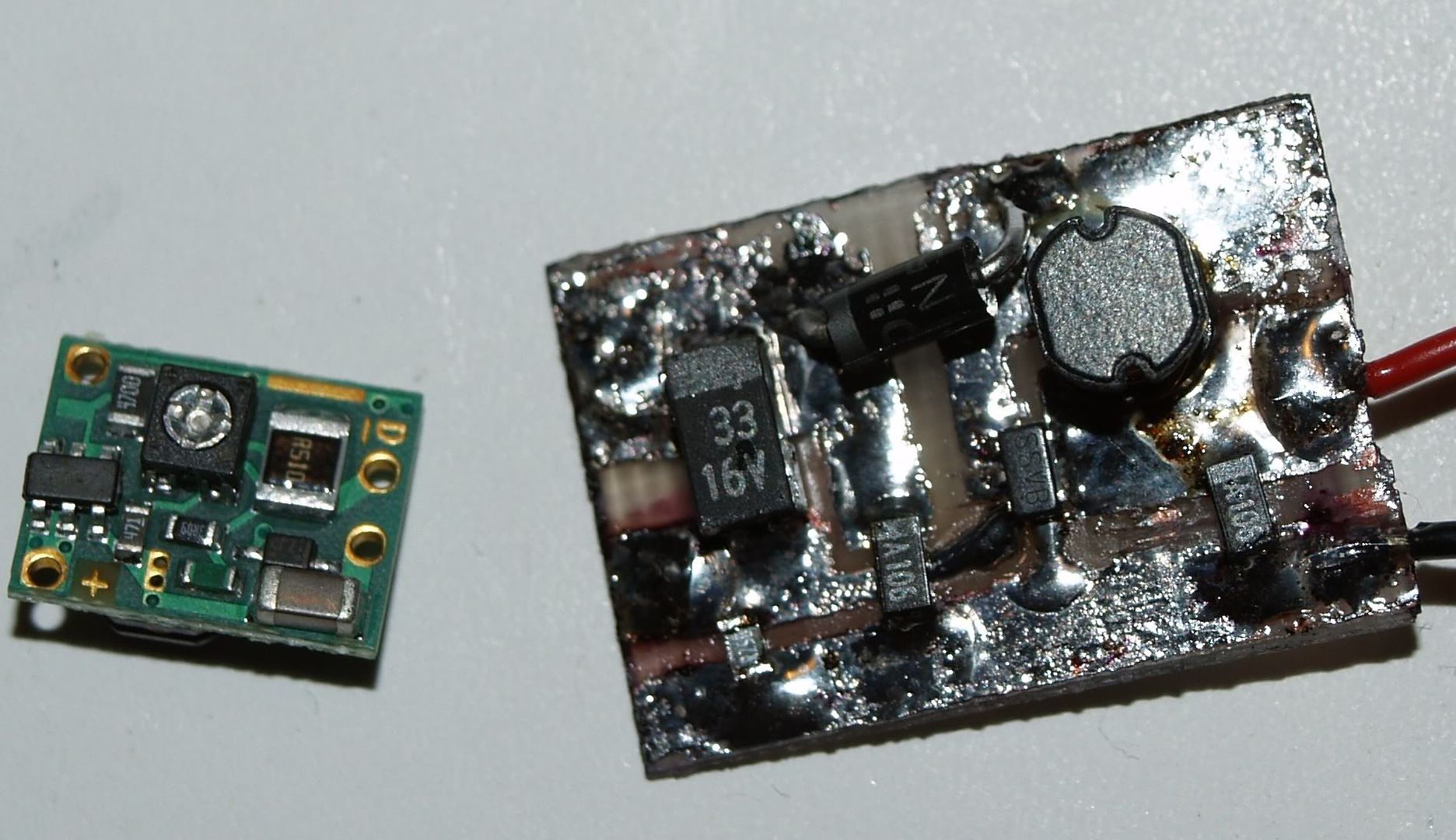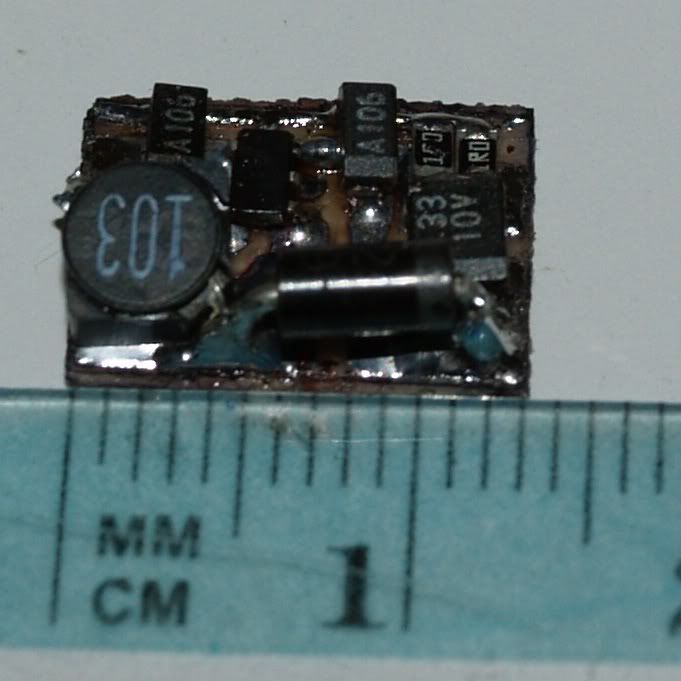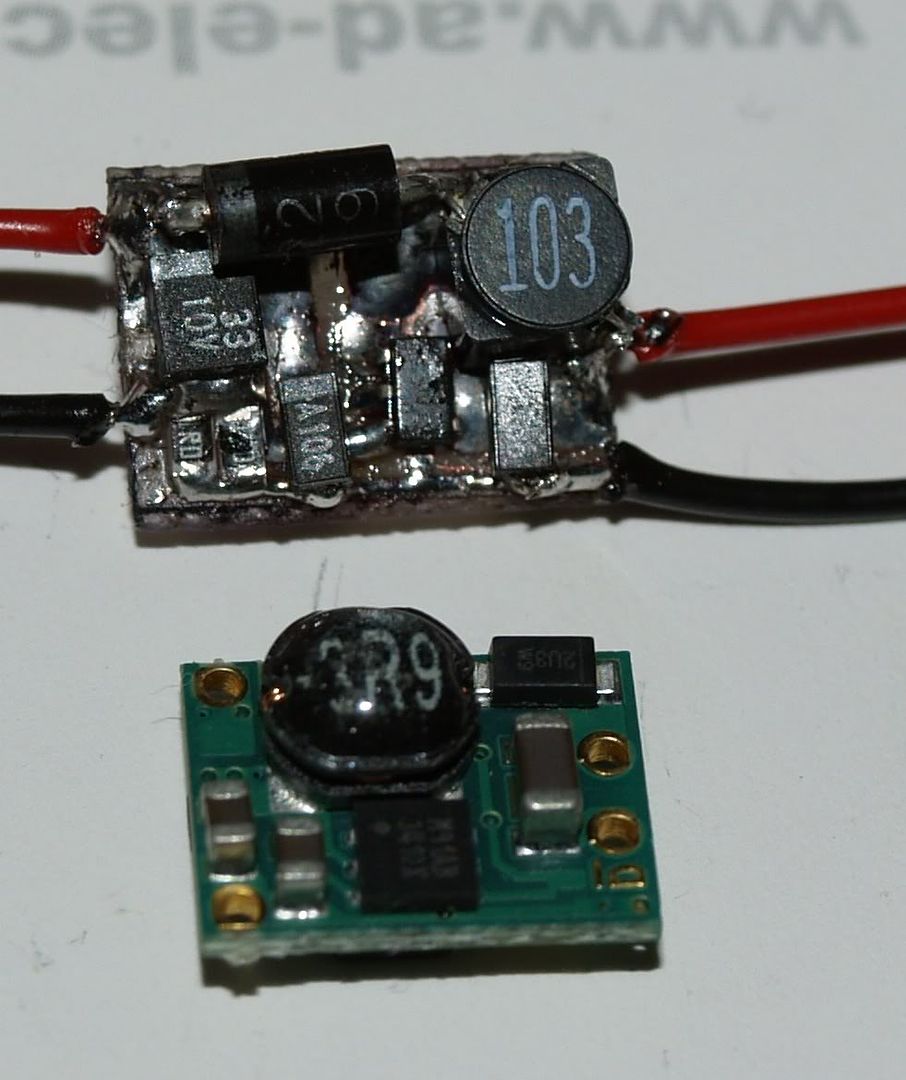Bear in mind that the design example they give is for 350mA. The coupling and output capsneed to be higher for your uses.
Well, i used all my 10microF in parallel but it didn't work... Set C1 (input) to 20microF, C2 (output) to 40microF and C3 (coupling) to 30microF... The LED turns on for about 5 seconds and then starts flashing... I'm using R1=0,22omh so i was expecting around 800mA at output, but only reached 440mA for a few seconds... then decreases to about 380mA and the LED starts flashing...
If i use R1=1ohm, i get around 190mA at output and the SEPIC works ok...
I'm running out of ideas... :cryyy:








